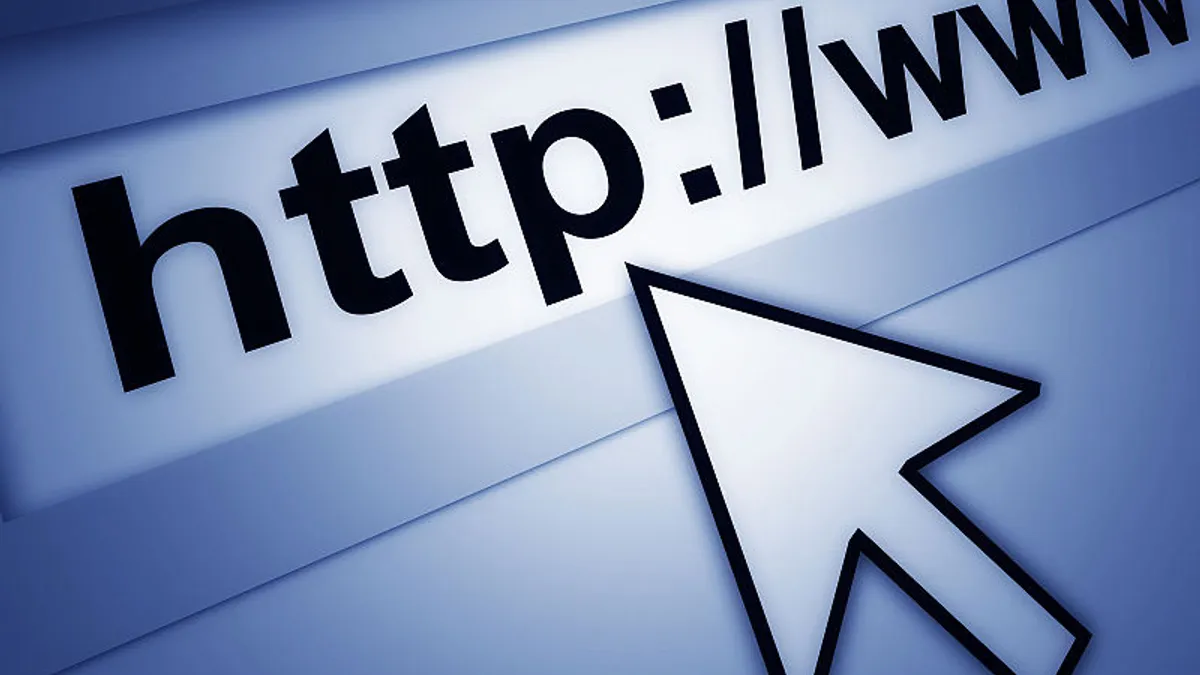Dive Brief:
- In allowing districts to use public money to upgrade school connectivity, the federal government requires districts to use content filters, monitor student browsing, and train students about online safety.
- EdTech: Focus on K-12 reports every school receiving E-Rate funding must have an internet safety policy that outlines procedures to restrict student access to inappropriate online content, security measures to protect students and their personal information, and rules about unlawful online activity by students.
- Because students are creative in finding ways to get around content filters, administrators must be diligent in maintaining the integrity of filtering services, and disciplining students who bypass filters can be an effective deterrent for future attempts.
Dive Insight:
The federal E-Rate program is an important tool for districts looking to expand internet access and upgrade their systems. Based on the poverty levels in districts, the federal program offers to cover a portion of major connectivity purchases, more recently placing an emphasis on helping districts expand Wi-Fi services. While the Obama administration has worked to streamline the E-Rate application process, some districts still find it prohibitively complicated.
In 2014, $245 million in E-Rate funds went unclaimed. According to an analysis of program funding and allocation, states on the West Coast left more than one-quarter of available dollars on the table. By failing to even apply, districts are counting themselves out of access to public money that could help them better serve students.













